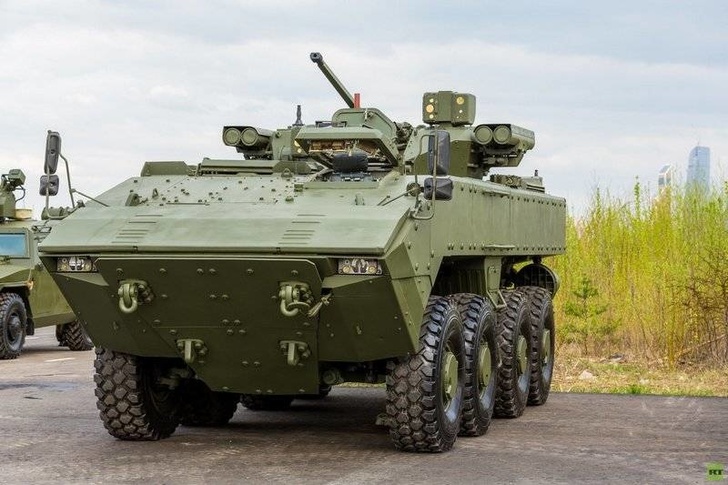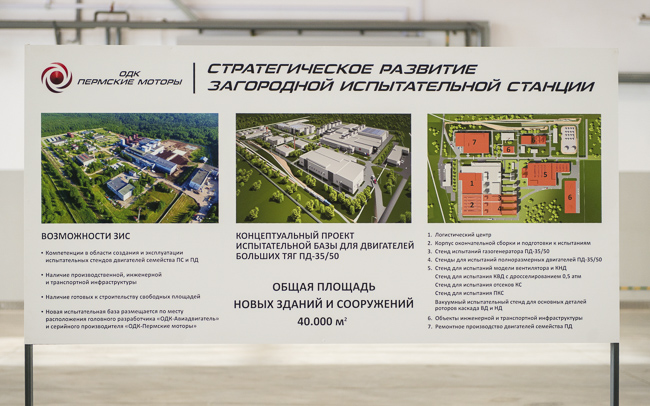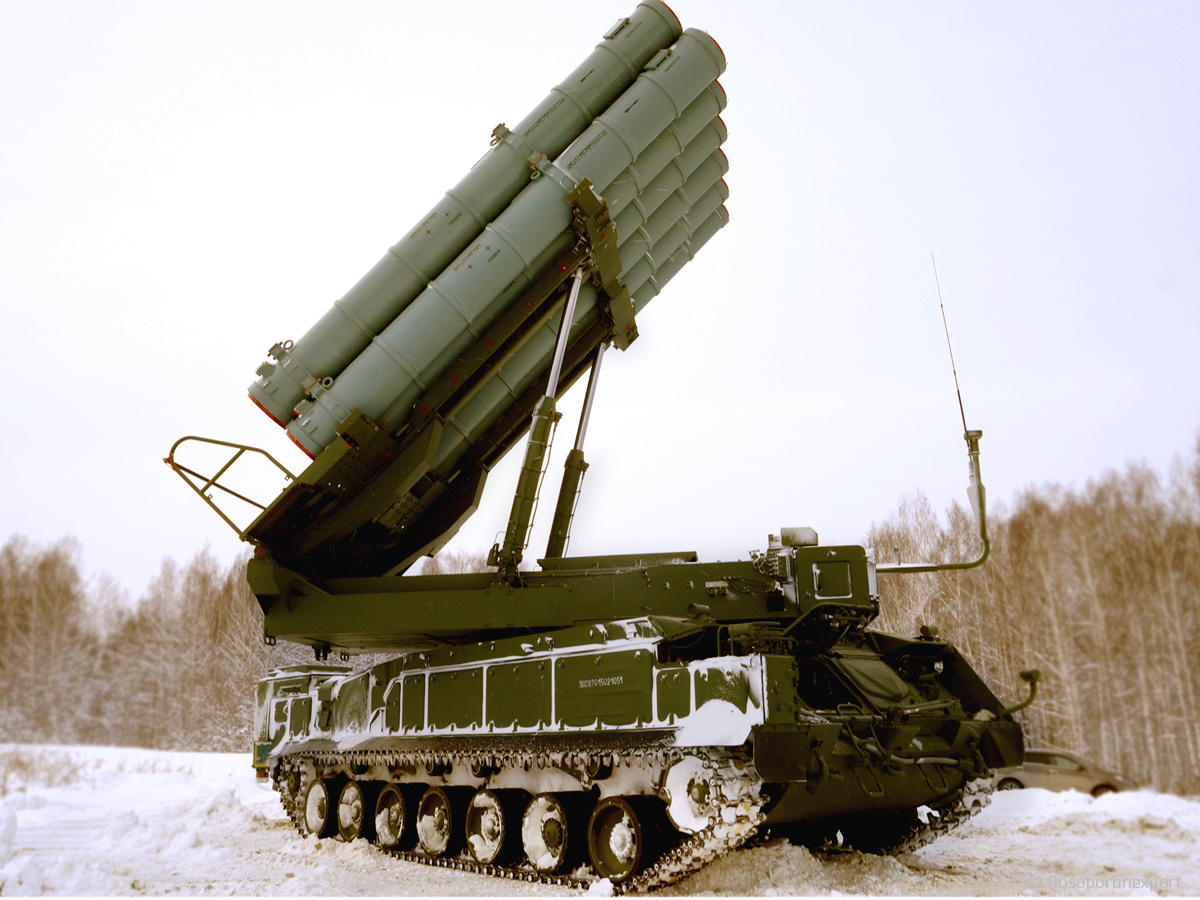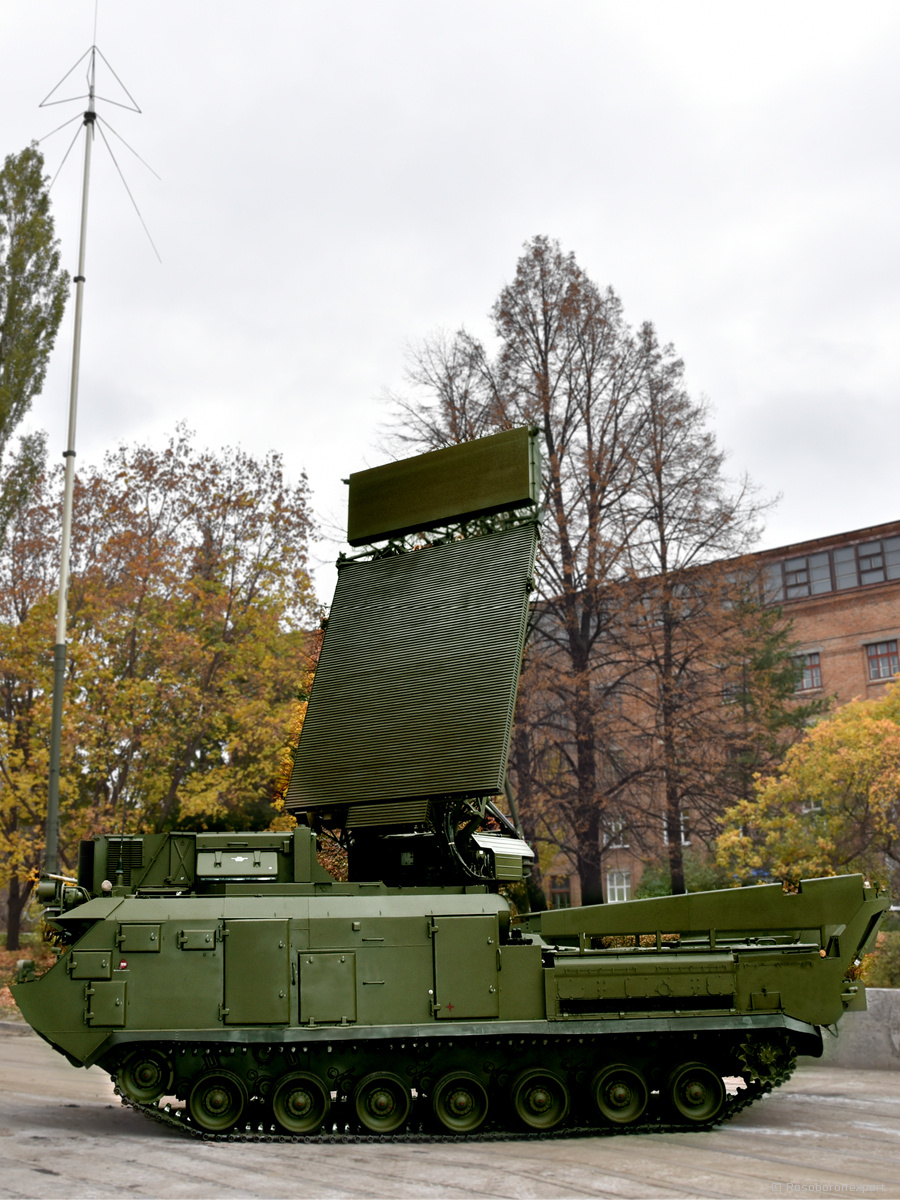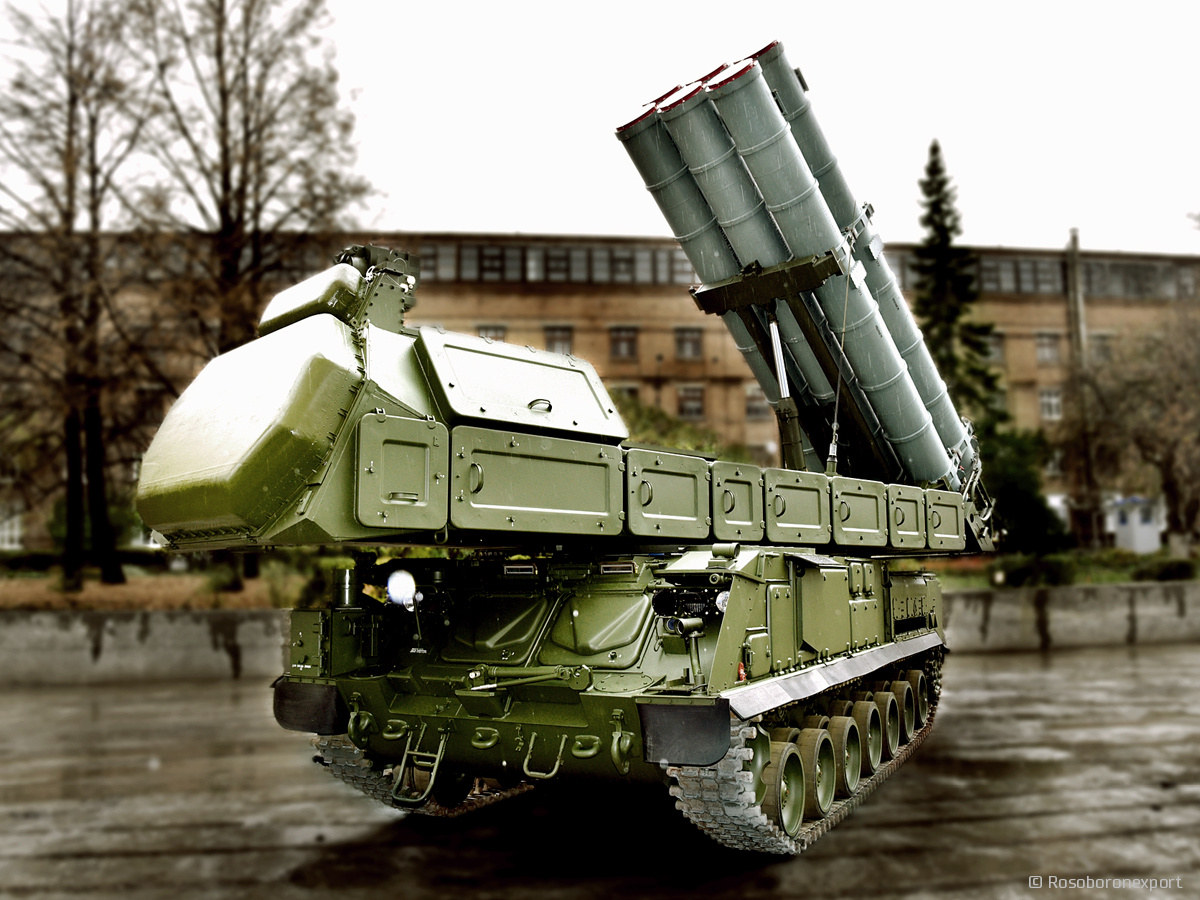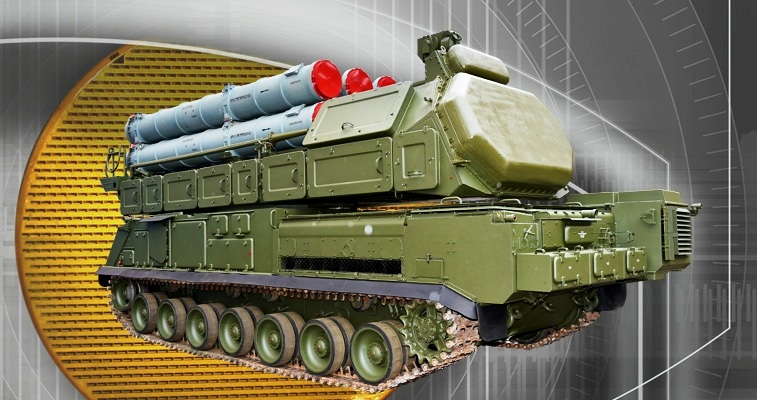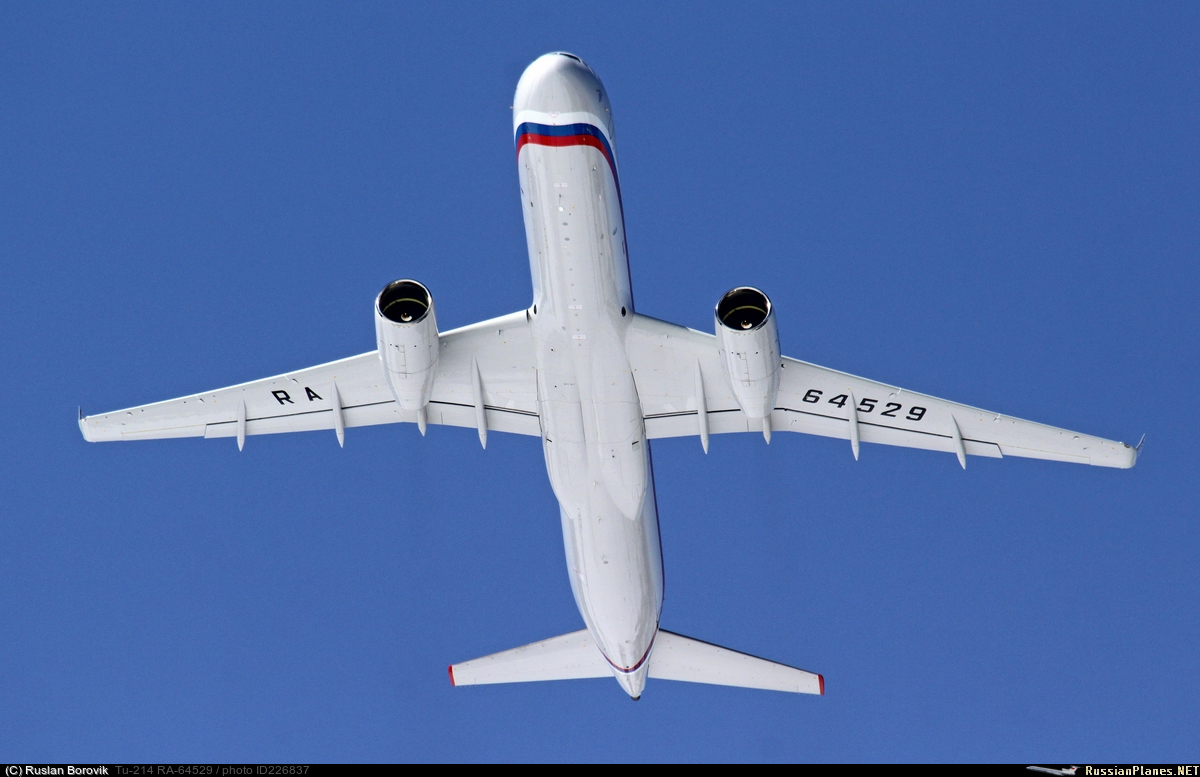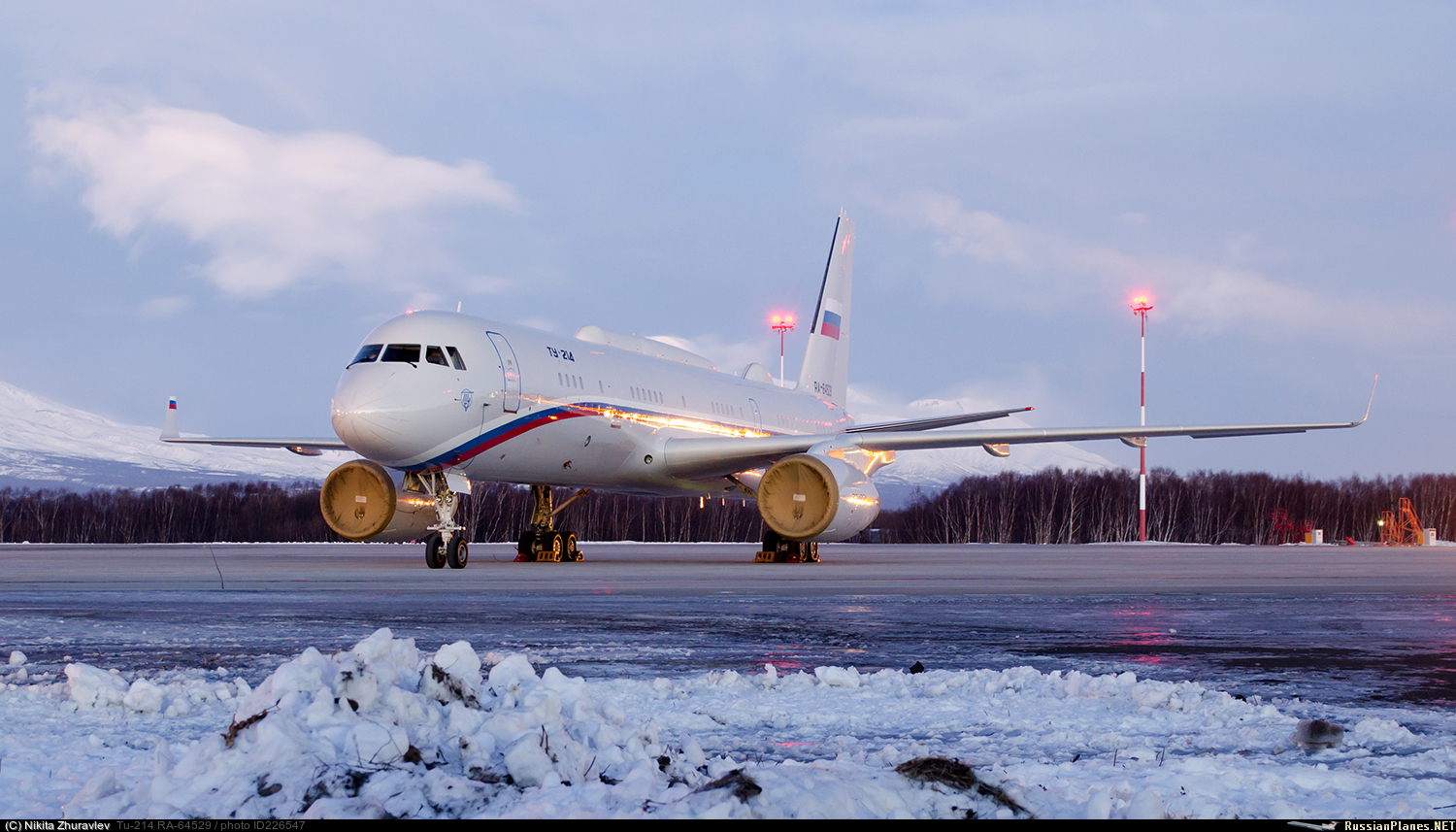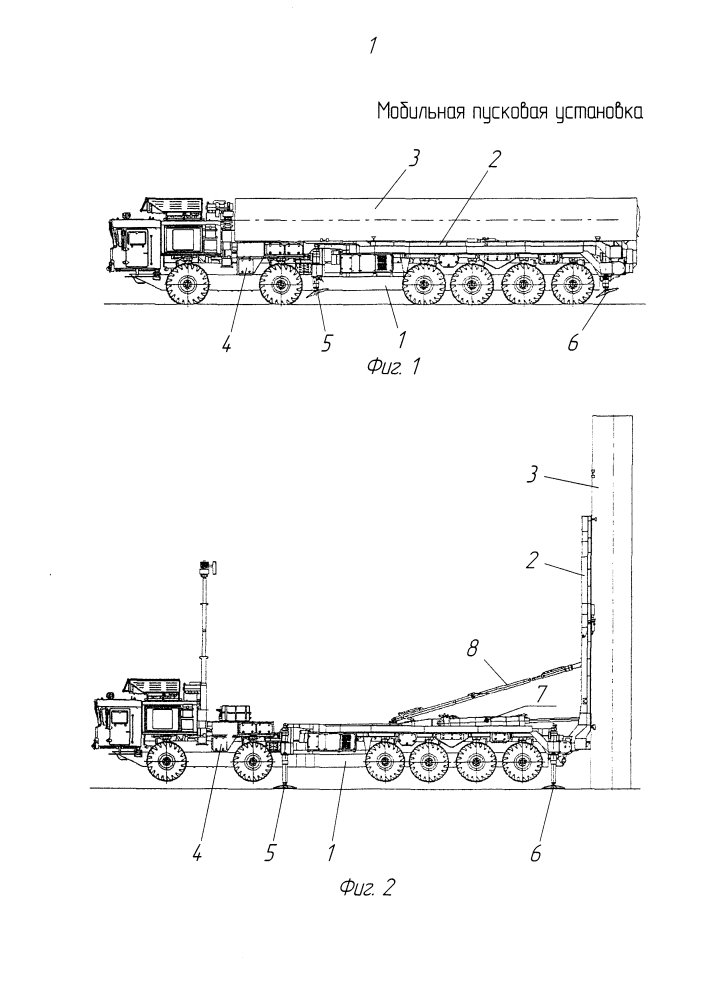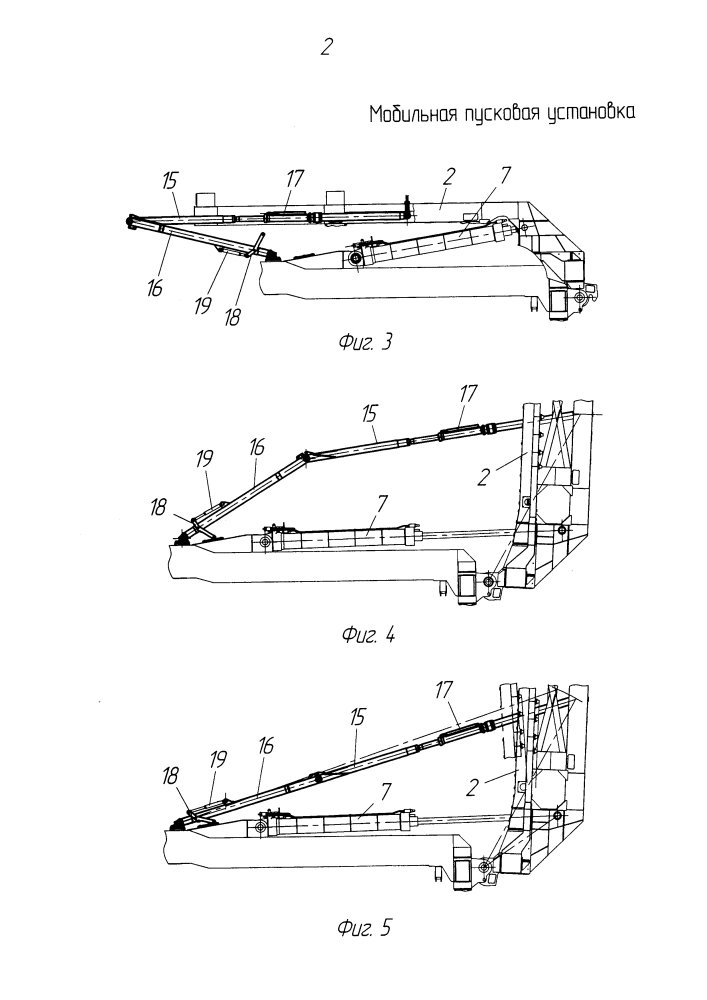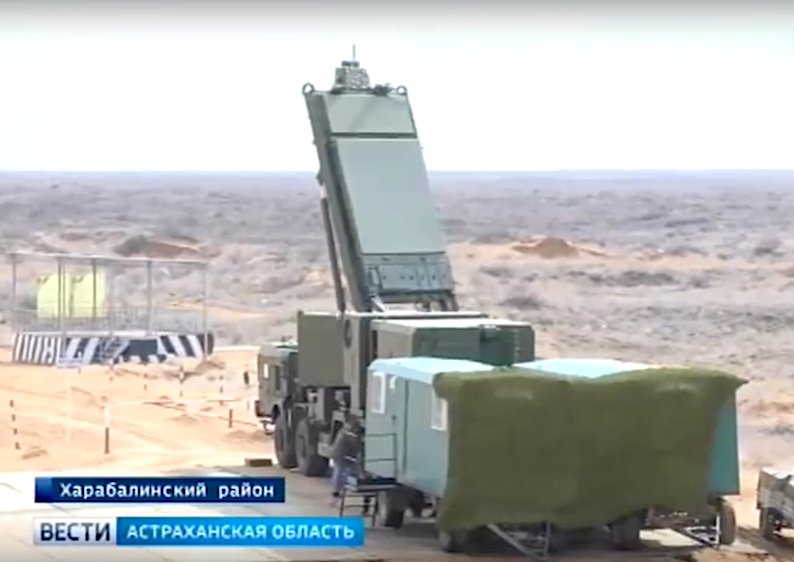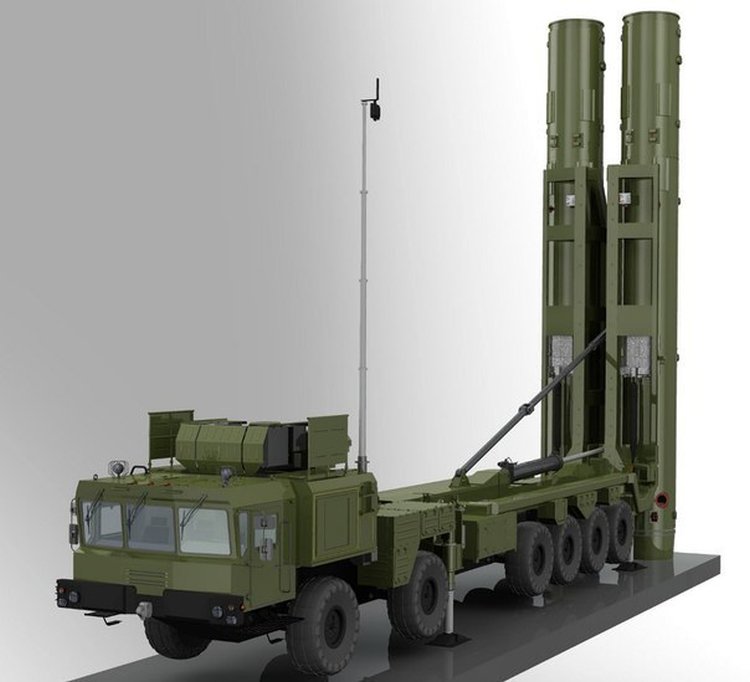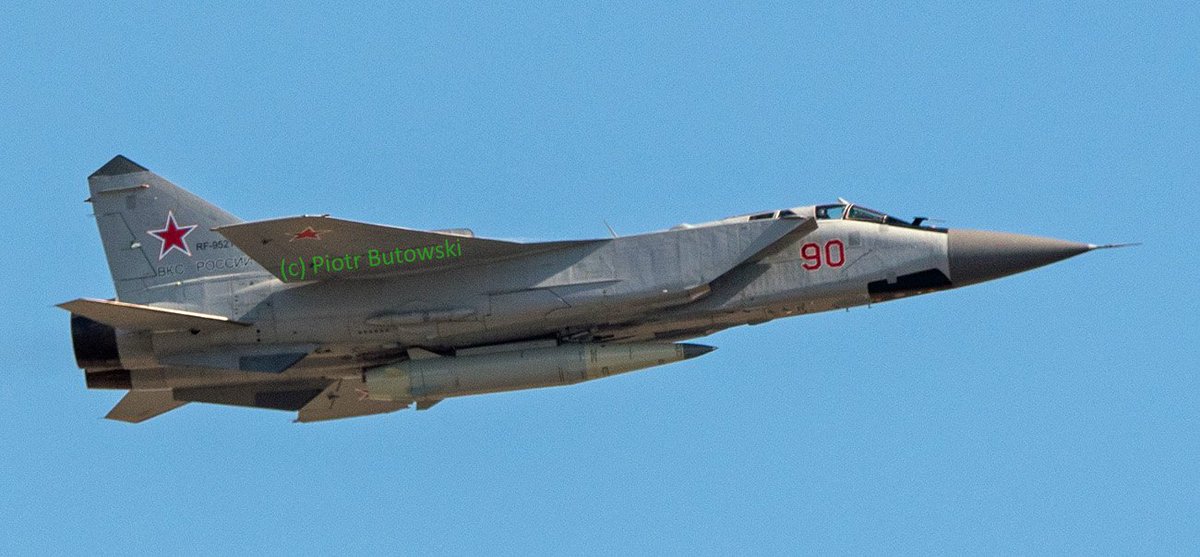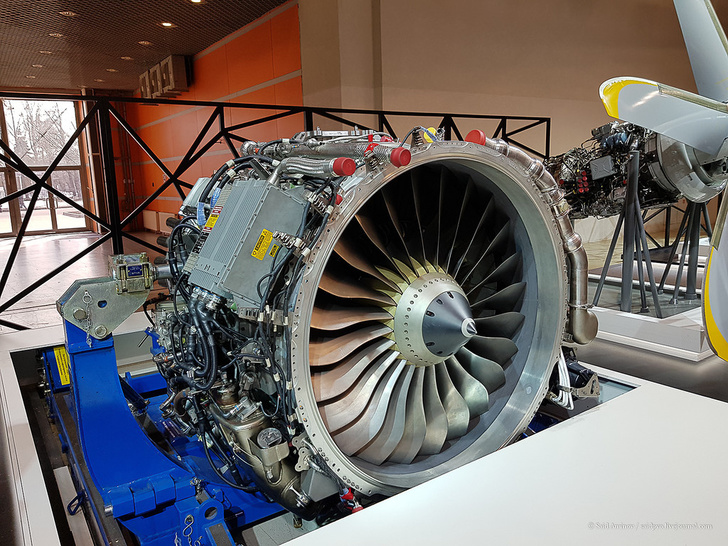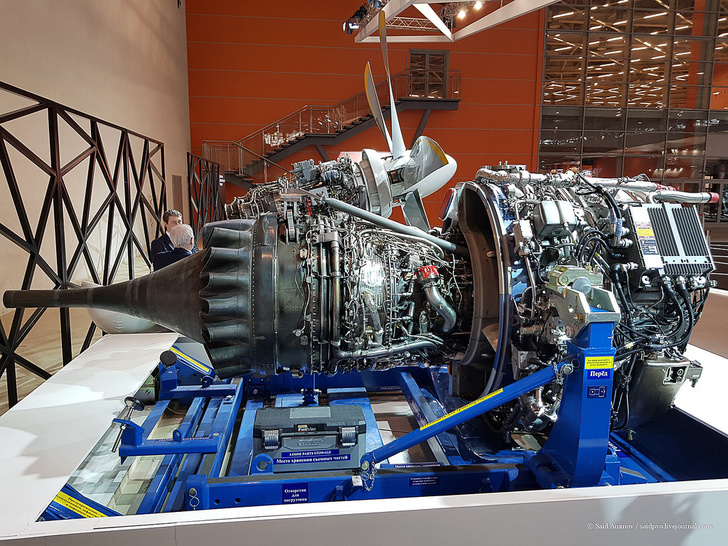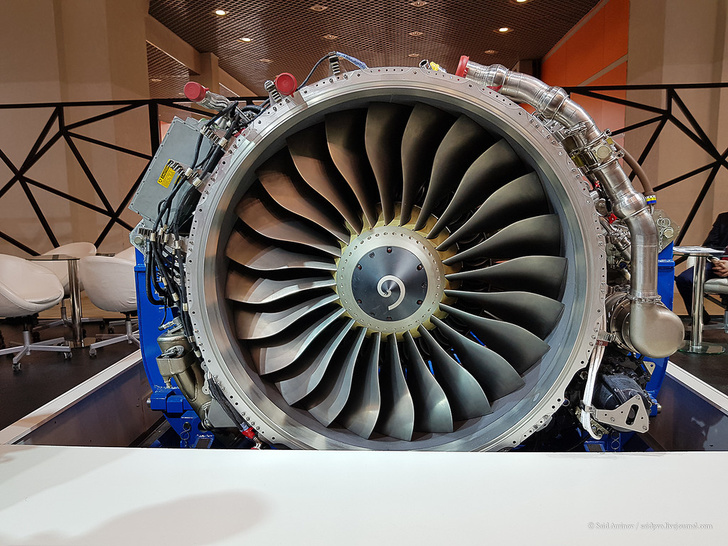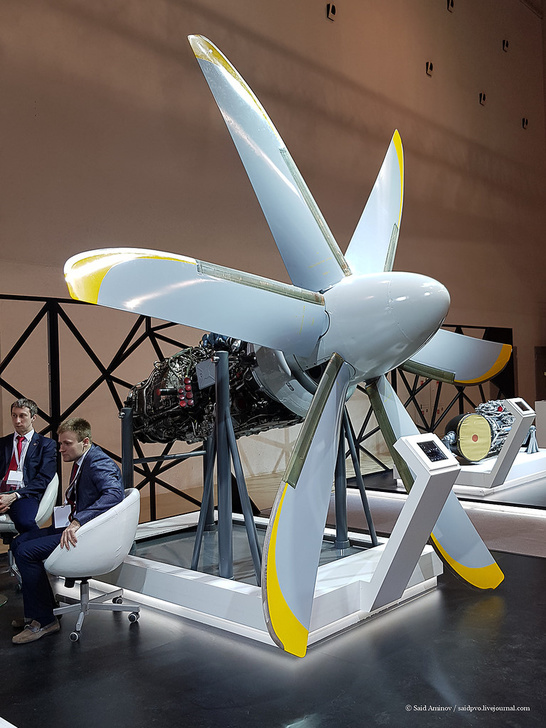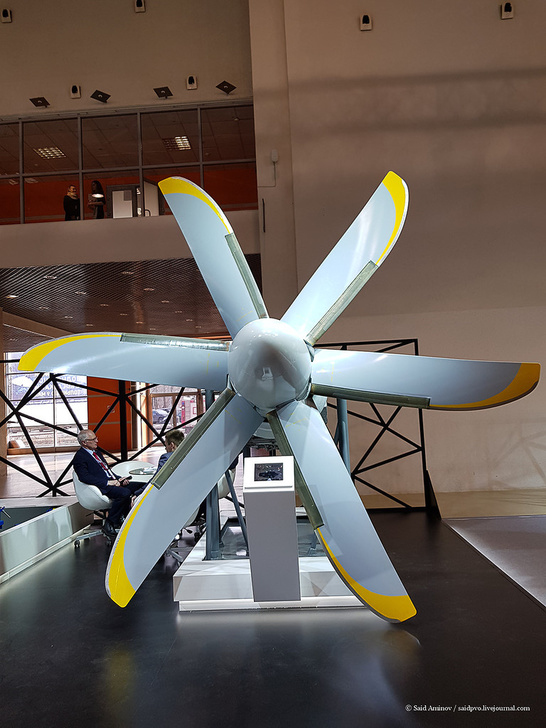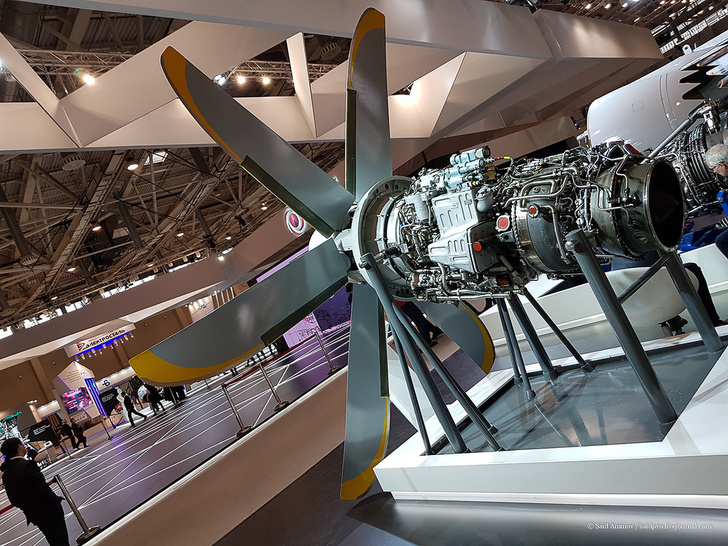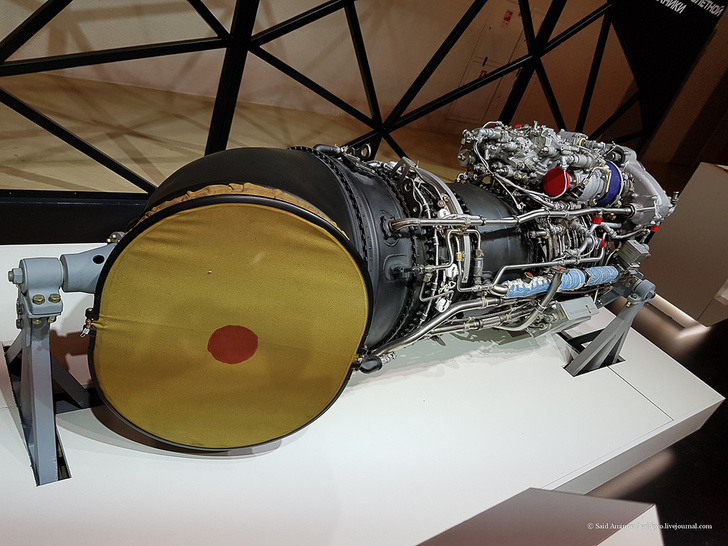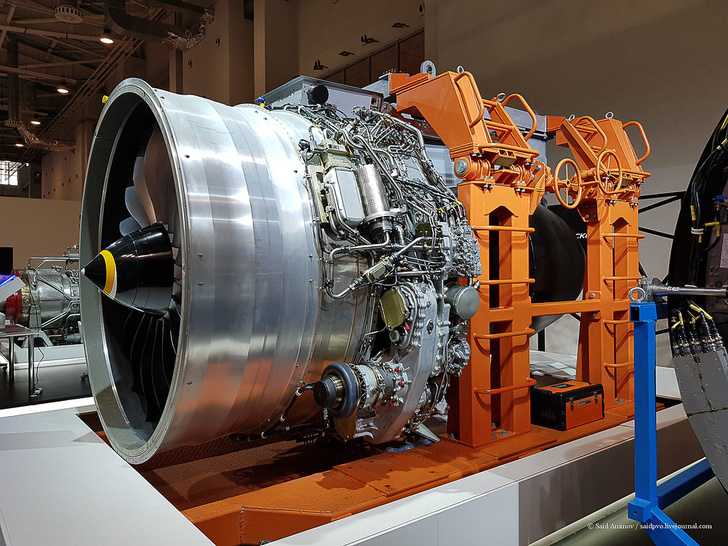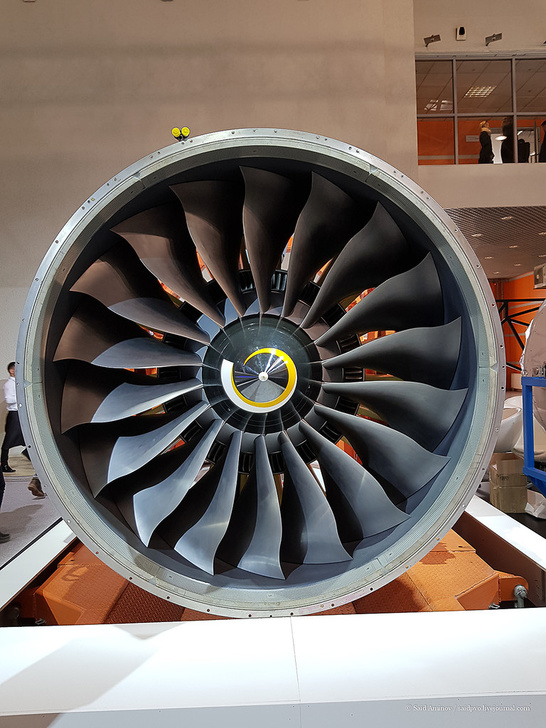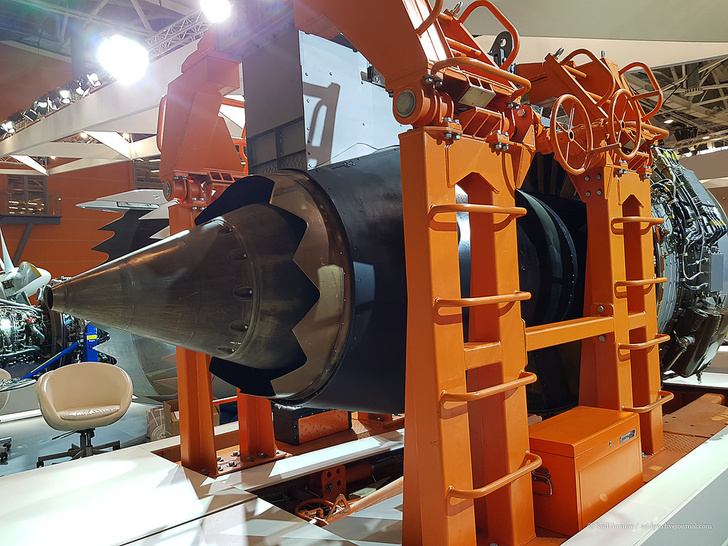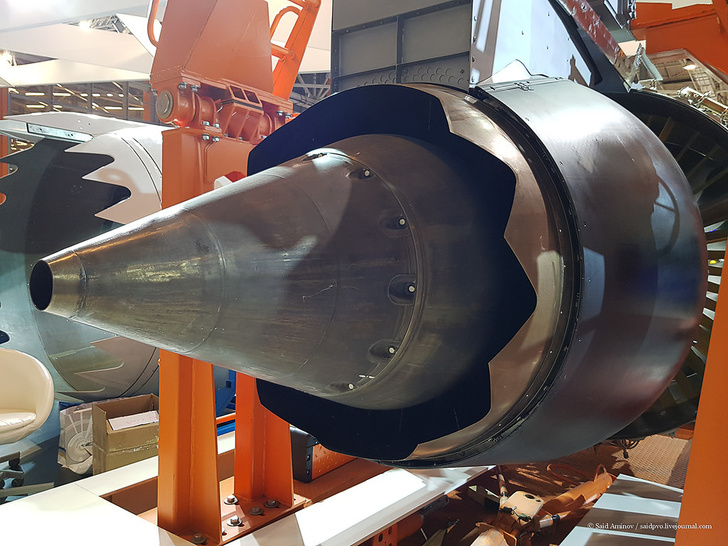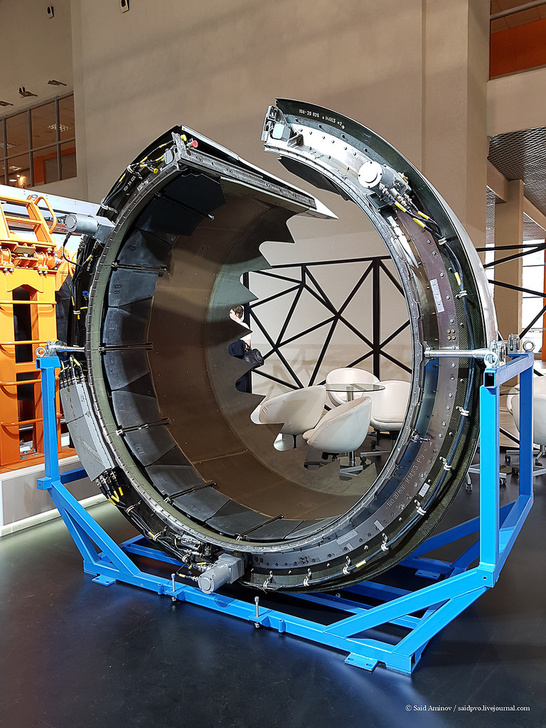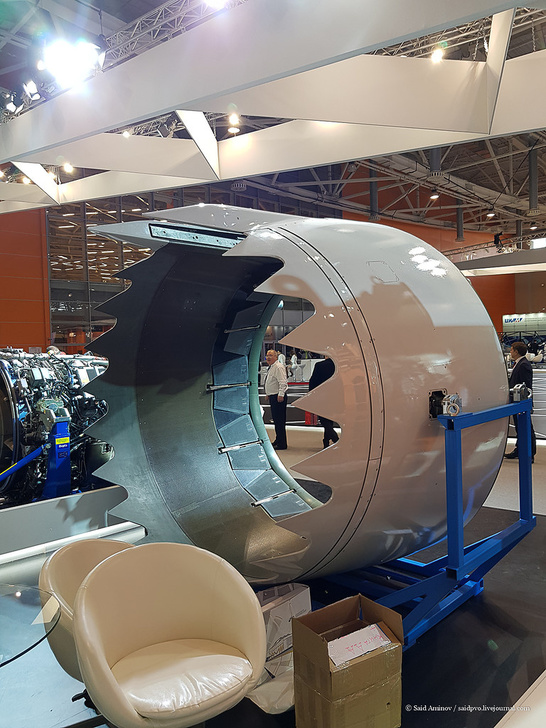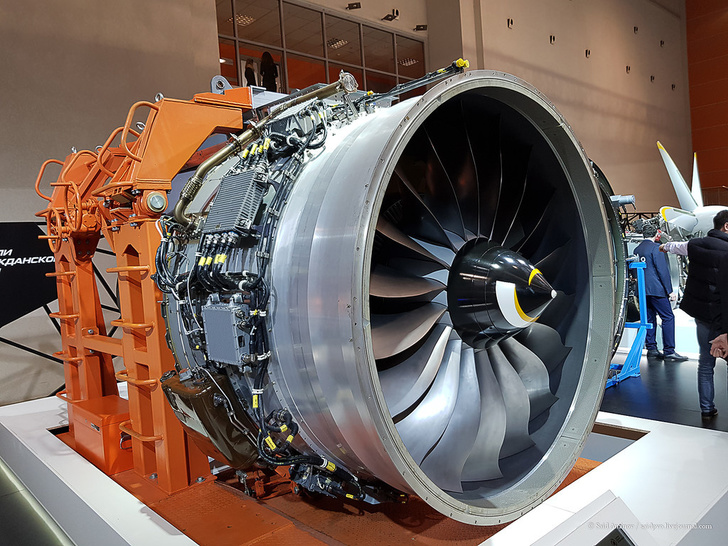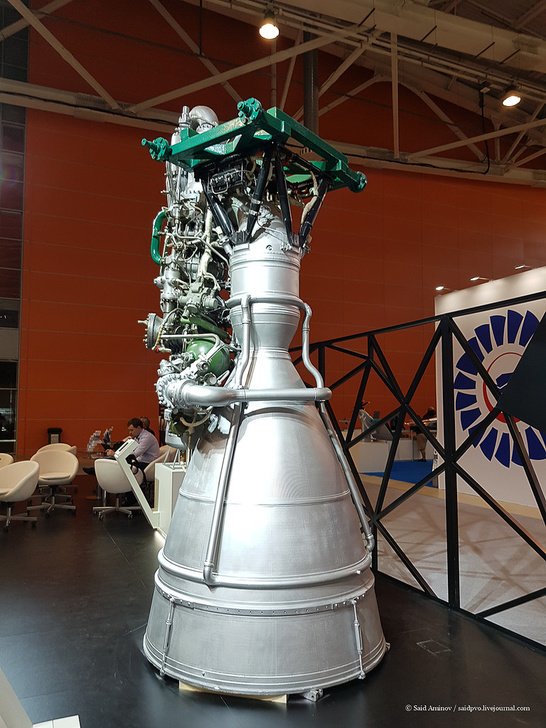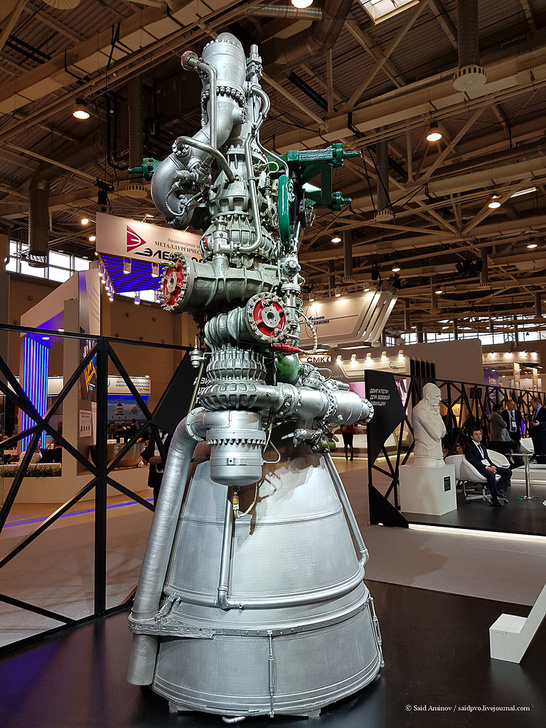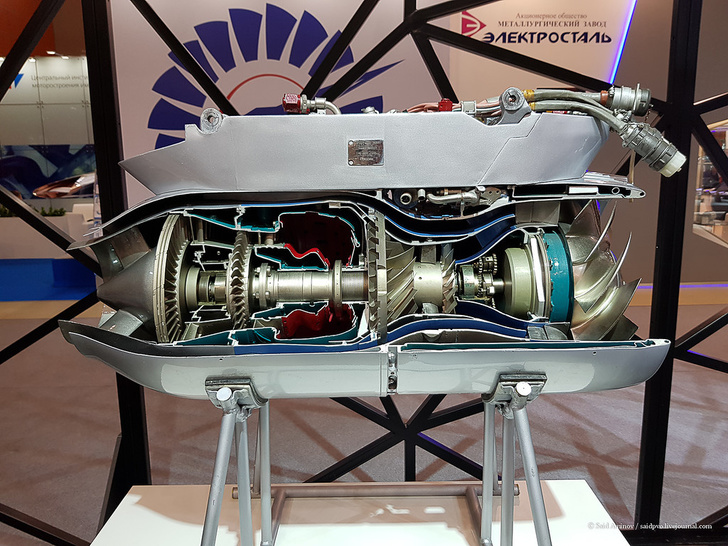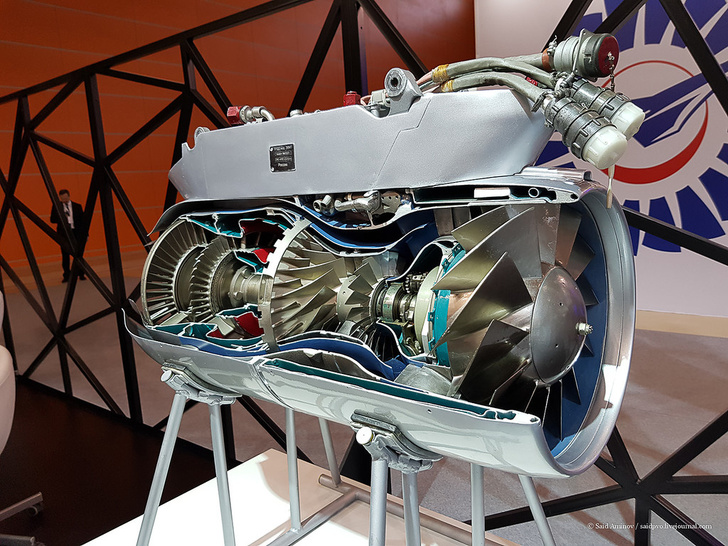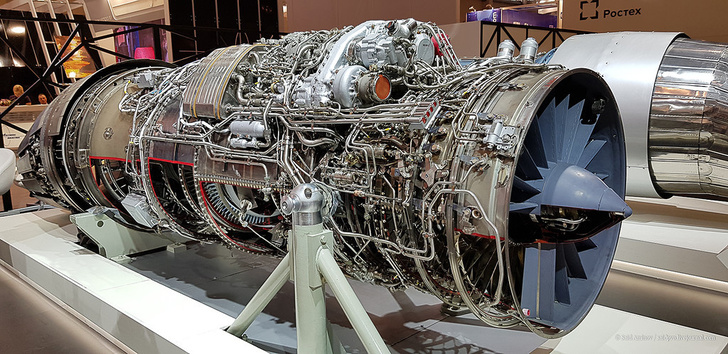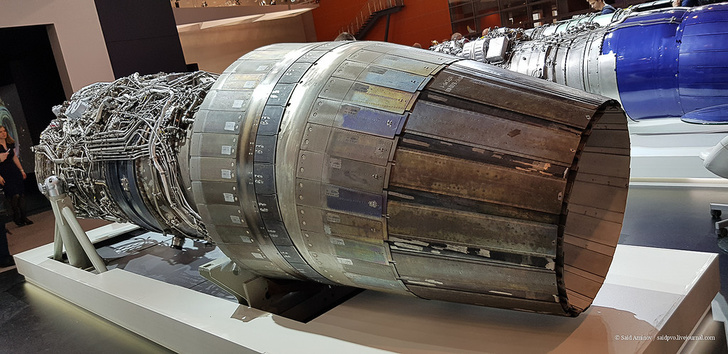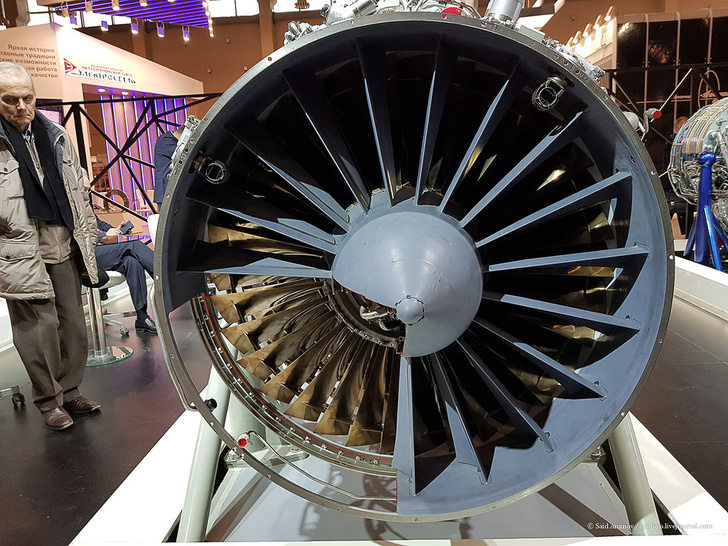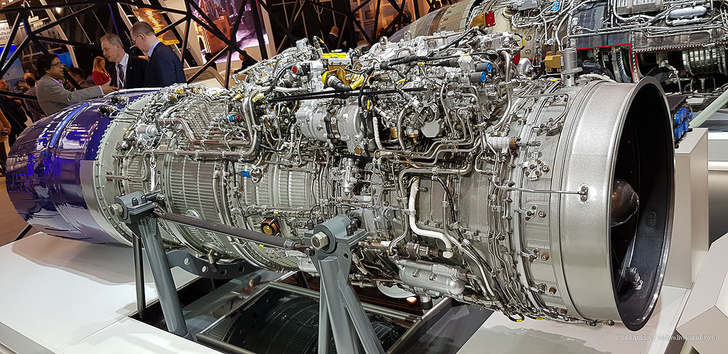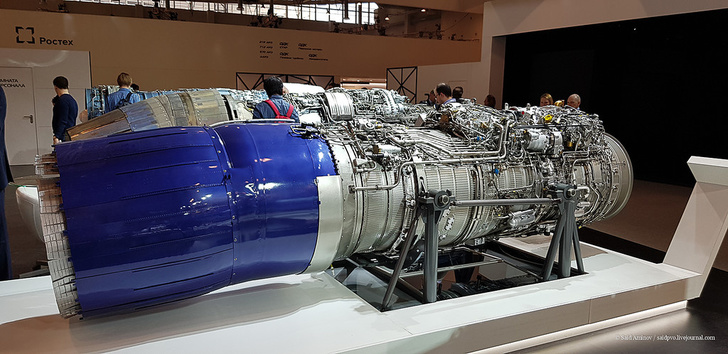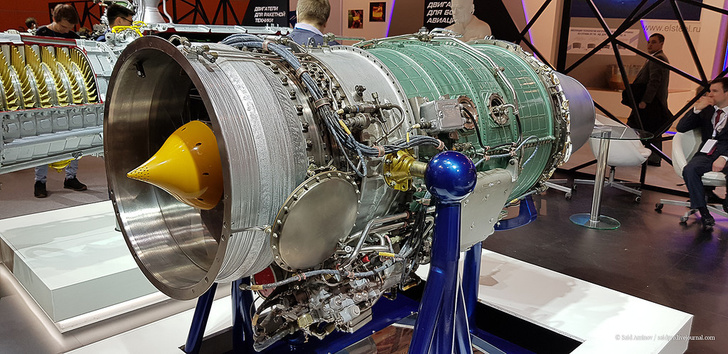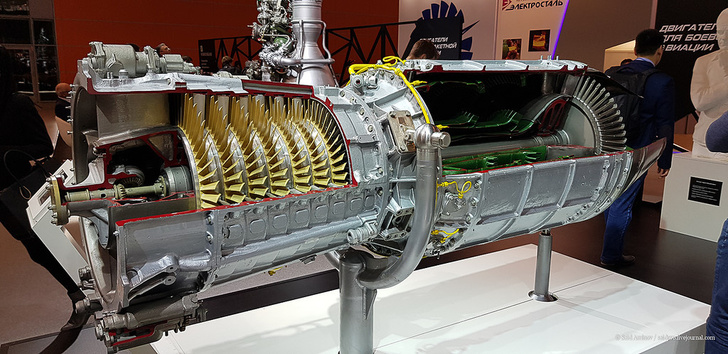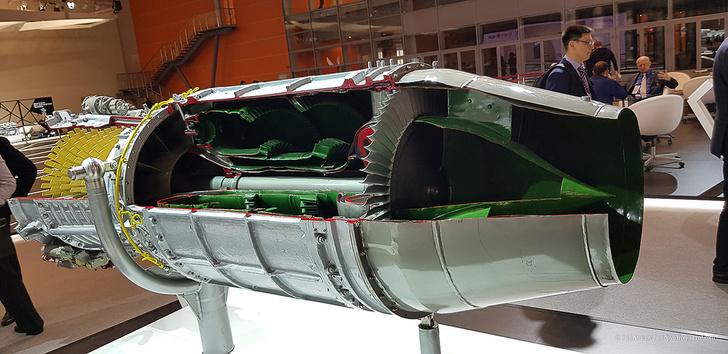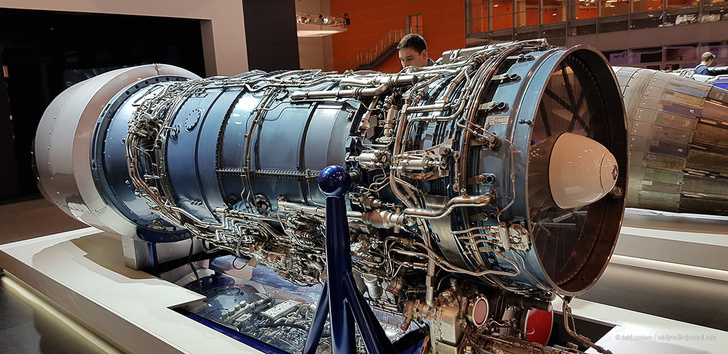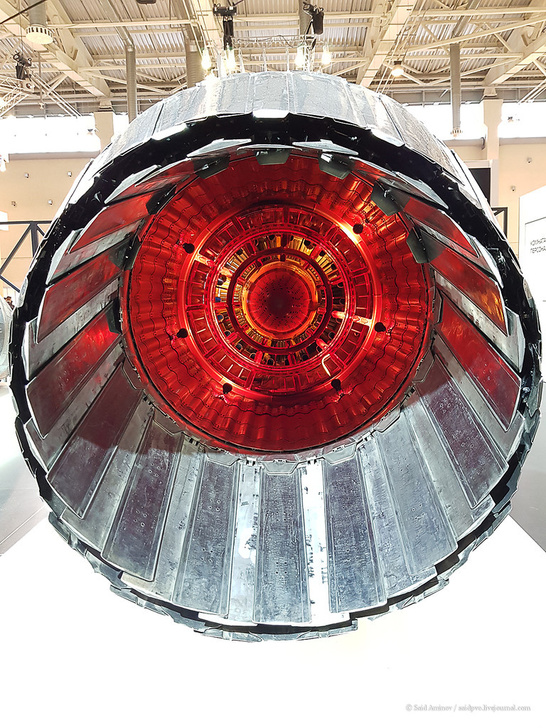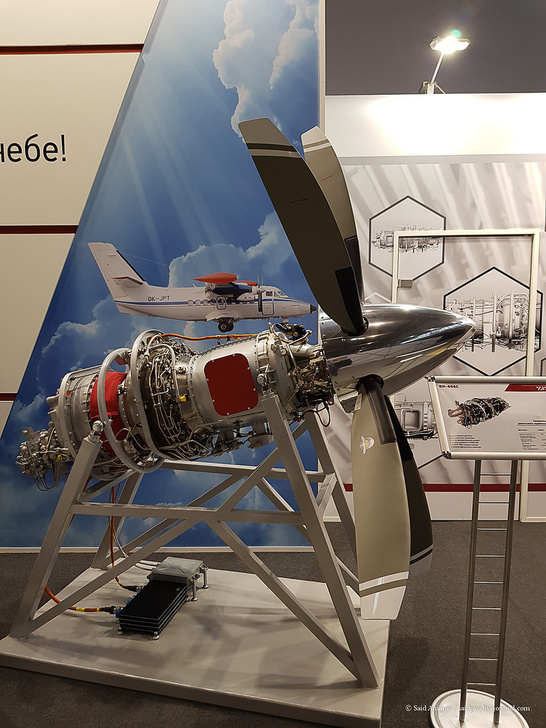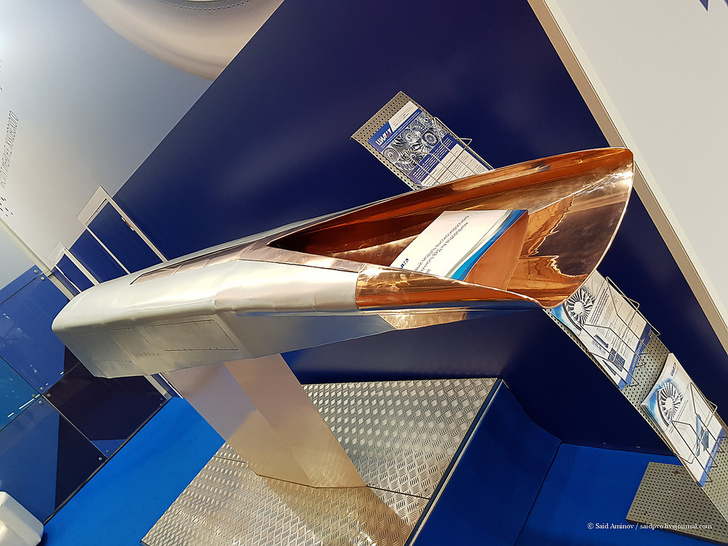A closer look at what systems Russia actually has in place and in the pipeline.
Dmitry Stefanovich
2018 has already became a huge year for nuclear weapons-related developments all over the world, with a new U.S. Nuclear Posture Review published, the Russian and U.S. achievement of New START Central Limits, and the Doomsday Clock moved 30 seconds closer to midnight. Last but not least, Russian President Vladimir Putin rather unexpectedly showcased a number of new nuclear delivery vehicles during his annual (although postponed) Address to the Federal Assembly.
Russia remains a key figure for both worldwide nuclear arsenals as well as strategic stability, so it is important to understand the existing and future capabilities of Strategic Rocket Forces and their sea- and air-based companions.
Land
Regarding the land-based leg of Russian nuclear triad, the important part is rather evolutionary: deliveries of new Yars (SS-27 Mod 2) intercontinental-range ballistic missiles or ICBMs (as well as yet to be specified Yars-S) in road-mobile and silo-based variants have led to the complete rearmament of up to three missile divisions, with rearmament ongoing for three. The development of the Barguzin rail-mobile ICBM project has been finished, but deployment was canceled, which back in the day seemed a good sign, as this system was obviously excessive.
Another future system, the Sarmat (SS-X-29) heavy liquid-fuel ICBM faced a number of problems, but eventually reached the ejection test stage, which was deemed successful. This missile is said to be more powerful than the renowned Satan (SS-18). However, using it as delivery vehicle for multiple (10+) warheads looks like an unnecessary capability given the existing New START limits (700 deployed launchers and 1,550 deployed nuclear warheads).
Now we come to the “gliding cruise bloc” Avangard, a hypersonic glider previously known as “Project 4202” or “Yu-71.” This type of payload, said to enter serial production, is capable of precise hits on any target, avoiding any existing or future missile defenses. The mating of Avangard and Sarmat (probably up to five gliders per missile, but likely less) seems the most appropriate way to use those new toys.
There were six ICBM test launches over 2017, related both to life extension and new payload types. As usual, the number was lower than previously announced; the same dynamics will probably remain in 2018.
Overall, Strategic Rocket Forces (RVSN) commander Sergei Karakayev remains committed to the 400 ICBMs at his disposal, but this number obviously includes nondeployed missiles, as otherwise there’s no chance for Russia to get under New START limits. It’s important to note that, given the rapid decline of the provisional “warheads-per-vehicle” coefficient over the last year, there’s a chance that “un-deployment” for existing heavy ICBMs (the SS-18 and SS-19) had already taken place.
Coming back to Putin’s nuclear weapons extravaganza, there’s one more system possibly related to the ground leg, the nuclear-powered cruise missile (possibly 9M730, but no one knows for sure) with unlimited range. Its current status, research, and deployment schedules are yet to be disclosed (or not), but it is worth noting, that “examples” given during the address were the sea-launched Tomahawk and air-launched Kh-101. However, the launcher used during the test shown in the relevant video resembles several types of self-propelled launchers for tactical surface-to-surface and anti-ship missiles combined.
Sea
The sea leg of the nuclear triad launched several SS-N-23A Sinevas and a single SS-N-32 Bulava in 2017. The latter fact raises some concern, as we are yet to witness the possibility of salvo fires with this missile system. The Tula (Delta-IV class) nuclear-powered ballistic missile submarine (SSBN) returned from repairs to the Northern Fleet, while Bryansk of the same type (praised for a successful submarine-launched ballistic missile launch during strategic exercises by the fleet commander), left in turn for Zvezdochka to undergo work to repair, modernize, and restore its combat readiness.
Judging from the official photos, two Borei and 3 Delta-III SSBNs are ready for combat duty in the Pacific Ocean. The first 955A (Borei-A), Prince Vladimir, took to the water in 2017 as well. The original Borei class used the hulls from the Soviet reserve, so this ship is the first of entirely new construction. It’s worth noting that over the past year there were a number of confirmations regarding plans to develop an even more advanced underwater cruiser, Borei-B, within the framework of the State Armaments Program-2027 (GPV-2027).
There were a number of disclosures and an eventual statement by Putin on new unmanned underwater “drones,” namely Status-6 (or Kanyon) and Klavesin-2P (Harpsichord). It is rather strange that those two systems appeared in the same video and now are waiting for “public” designations together as well, because they obviously have different purposes. The main task of Klavesin-2P is believed to be expanding situational awareness for submarines, while Status-6 is an “intercontinental nuclear-tipped torpedo,” capable of destroying coastal infrastructure and (at least as shown in the video rendering) surface ship strike groups. It is yet to be understood how such a system, supposedly carrying a multimegaton nuclear warhead, should be factored into existing and future arms control agreements. Status-6 is a strategic system, so it seems appropriate to include this beast into some future START-type treaty, but one must keep in mind that long-range nuclear-tipped submarine-launched cruise missiles, which are still in service in the Russian Navy (and possibly will see a return for the U.S. Navy as well), are not covered by existing treaties, while having strategic implications.
Air
The most important “material” event for the Russia Air Force’s Strategic Aviation over the last year happened in 2018: first “new” Tu-160 (“Blackjack”) Heavy Bomber took its maiden flight. Of course one must remember that it was built using anunfinished body and it is yet to be understood which types (Tu-160M/160M1/160M2) will be produced and when, but this is an important milestone nevertheless. A contract for 10 planes was signed. A proper “future bomber,” PAK DA is yet to be disclosed; the only specification we may be sure about is that it will be based on a “flying wing” scheme. There’s word that some level of unification regarding avionics and weapons will be achieved for new Blackjacks and the PAK DA.
As for today, the main capability increase for the air leg of Russia’s nuclear triad is being achieved by the modernization of existing Tu-160 and Tu-95MS (Bear-H) aircraft, so they can use Kh-101 cruise missiles. This long-range stealthy cruise missile (Kh-102 for nuclear-tipped variant) will remain the main armament for new heavy bombers as well.
Heavy bombers remain an important signalling tool. Blackjacks and Bears routinely visit faraway airspace and airdromes, serving as a reminder of Russian strategic capabilities. Also, they are the only part of the triad (Luckily) that has seen real action: there were at least 66 air-launched cruise missiles launched at Islamic State terrorists in Syria.
During Vladimir Putin’s address, the air-based hypersonic weapons system “Kinzhal” (“Dagger”) was demonstrated, and even said to have entered test service in the Southern Federal (sic) District of Russia. The easiest way to describe this system is an Iskander-M (SS-26 Stone) solid-fuel aeroballistic missile (probably a 9M723 derivative) mated to MiG-31 (Foxhound) interceptor. The system is capable of hitting ground and sea-surface targets, avoiding missile defenses, and serves as a good example how existing technological marvels may produce synergy. It is yet to be determined if the stated 2,000 kilometer range means the missile only or the system as a whole. Kinzhal does not fall under New START definitions for strategic air leg, as Foxhound is hardly a heavy bomber, and the missile is obviously not cruise-type, but this is an important topic for discussion among experts and policymakers.
Stability or Escalation?
Russia remains fully capable of destroying the United States, and, most importantly, U.S. Strategic Command capabilities are roughly the same. This balance remains a pillar of global peace, even under the currently strained relations between the great powers. Discussions on limited nuclear use will likely remain unrelated to reality; any nuclear use will lead to full-scale retaliation.
What is important is how other nuclear-weapons states may be factored into the equation. Russia has until recently insisted that any further reductions can’t be achieved on a bilateral basis, while “third parties” have speculated that they can’t “join the game” while Russian and U.S. arsenals are bigger by such a great margin. Another issue in the strategic arms debate is U.S. Missile Defense, an overhyped problem for both the domestic audience and some military experts in Russia. Showing a great number of new “penetrating” nuclear delivery vehicles must be seen not as “saber-rattling” but as a therapy for the audience both within Russia and abroad.
However, an unusual statement was made by Vladimir Putin during his interview for NBC, which may show a way to overcome both problems. He said that Russia is ready to continue the dialogue on existing and new strategic arms control treaties, and added that, given new weapons’ missile defense penetration capabilities, “We no longer consider the reduction of ballistic missiles and warheads to be highly critical.” He indicated that new strategic weapons also will be included in the grand total.
Such an attitude is yet to see implementation in detailed strategic stability talks (it’s possible that this may have been a subject of the recently postponed meeting), but the parties seem ready for discussion. Future reductions may open the way for third parties to join the process – initially by agreeing to some level of transparency and confidence-building measures.
Military planners in every country think about waging and winning nuclear war, but testing their calculations remains superfluous.
Dmitry Stefanovich is an independent military expert.
